Africa’s Free-Market Bus Systems
Entrepreneurs, not government, provide this crucial service. Yet the difference between systems in Kenya vs. South Africa shows the service diversity throughout the continent.
If you ride a bus in North America or Europe, it’s likely to be a provision from a state or municipal government transportation authority. The terms “Mass Transit” and “Public Transit” are interchangeable in most people’s lexicon. Africa, however, blows up this First World assumption.
Cities throughout the continent, small and large, have bus systems that are private, profitable, and move a majority of the population. Entrepreneurs who make it work don’t enjoy the billions in subsidies that are allocated to Western mass transit systems; nor do they serve customers with the disposable income to pay high fares. But buses are still ubiquitous, serving in some cases up to 90% of the commuter workforce, speaking to the natural market that exists for mass transit.
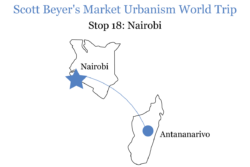
The backbone of these systems is the mini-bus, or “jitney”. They average about 14 passengers—often crammed together—a departure from the large buses of western public transit systems. Rather than following fixed routes, they are flexible, veering off major arterials to serve specific customers. The vehicle choice allows lower volume routes to be profitable.
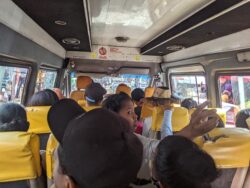
I’ve seen different vehicle sizes, however. Some are about half the size of a typical U.S. public bus—akin more to a school bus. But most are small vans and rely on car parts rather than large bus parts. The lower weight means they don’t need the massive breaks, suspensions, or large quantity of oil needed in larger buses.
One thing common with these jitney services is the wealth of organic knowledge. Drivers know the city well and are able to use their knowledge plus “crowdsourced” traffic data to move people around quickly, often rivaling apps like Waze. I’ve found that I can walk up to a scrum of jitneys, point on Google maps where I want to go, and be quickly pointed to one heading nearest that location.
These above-mentioned “jitney scrums” are also interesting. Because African cities don’t have formal right-of-way allocation, jitneys just squat on random corners and lots. There they attract a gaggle of patrons, merchants, beggars, and other staples of African street life. Enforcement (of parking, curb space, rider behavior, etc.) is overseen by informal private “guards” who are paid by drivers, amounting to self-regulated martial law.
That is not to say all these systems are unregulated. But government protocol for how they’re organized can differ by country. Two cities that epitomize the contrasting approaches: Nairobi, Kenya and Cape Town, South Africa.
Cape Town relies heavily on jitneys that, while privately owned and operated, get regulated by the city. The buses in fact mirror taxi cartels, with a common color, designated routing, a numerical cap, and certain behavioral rules. Rides cost about $0.75, which seems reasonable to Westerners but is out-of-reach for many South Africans. It can be seen as a case where greater standardization and regulatory compliance causes higher consumer costs.
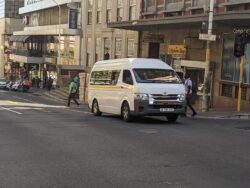
Nairobi also relies on jitneys, locally called matatus, but has a radically different approach. Walk through the city, and it quickly becomes apparent that there is no standardization—about where jitneys park, how drivers behave, or how vehicles must look. Some matatus go beyond transportation to become an experience, with colorful murals, flashing lights, and speakers blasting music. Such buses, called Nganya, have become part of Nairobi’s flamboyant culture.
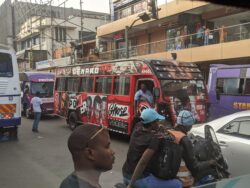
Rides on Nairobi’s non-descript jitneys can cost as little as 14 cents and are a lifeline for poorer workers, many of whom make a few thousand dollars annually. These buses are no-frills and crowded. But the colorful Nganyas can cost up to $1.50 per ride, showing the specialization that occurs even in low-income societies.
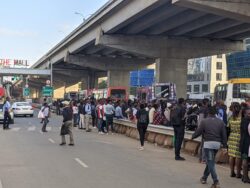
Other African cities have a provision model somewhere between the South Africa and Kenya extremes. All these systems suffer to some degree from private cartelization that can spiral into mafioso behavior. Sometimes it’s aided or abetted by government officials who are paid off with bribes. But in spite of this, the systems still provide quality service.
Private free-market jitney systems exist all over the developing world—but not just there. New York City is full of buses of questionable legality but absolute value to those needing to affordably navigate the city. San Francisco used to have jitneys before the city outlawed them. Rather than vilify these entrepreneurs, we should embrace them, especially given the service gaps and possible death spiral that many public transit systems face.
All images credited to Scott Beyer and The Market Urbanist.
Catalyst articles by Scott Beyer | Full Biography and Publications
